Narratives around confinement
CONFINED will develop and validate a global comparative research agenda on confined lives. We aim to expand how the concept of confinement is understood by focusing on the people most exposed to its harmful effects.
Confinement is central to the human experience, it plays a role in all of our lives. Although we often associate confinement with coercion, control, and captivity, it also carries protective connotations: it both restrains and safeguards. Confinement has long been used as a public health measure in times of crisis, such as during the COVID-19 pandemic, plagues, and wars.
This inherent contradiction of confinement as simultaneous threat and protection is central to our project.
Confinement is also a key strategy of governance, often implemented through coercive means and, at times, outright violence. Certain populations are identified as threats or risks, against whom others need to be protected – often those privileged by race, class, age, and gender.
This means that swaths of the global population are harmed by confinement. These are the lives that CONFINED wants to study and make visible.
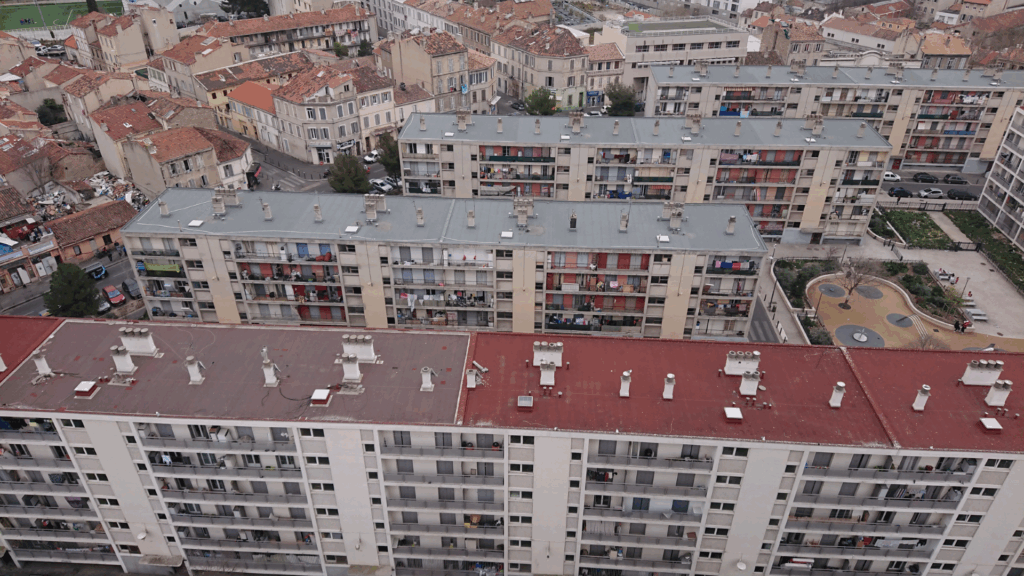
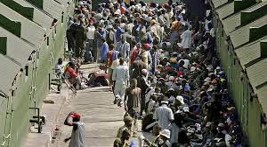

While confinement has been around for centuries, it is becoming increasingly widespread and critical in the lives of millions across the globe. We see this in:
- The ‘wars’ on drugs, gangs, and crime, which have led to historically high incarceration rates;
- Migration control strategies that transform entire nations into repositories for displaced people;
- The growth of urban inequality, which increasingly confines people to ghettos, slums, and informal settlements.
Social justice movements and academic research have documented and critiqued these developments, expanding the understanding of confinement beyond prisons or detention centers.
We see examples of confined people in stories like Maria’s. Picture her as she has been stuck in a bus at a border post for several days. She is tired and worried.

Maria is thinking about her baby brother, Rafi, who is in prison for dealing drugs. Maria worries about him a lot.

Maria’s thoughts return to herself, and whether she will make it across the border, or if she will end up in a deportation center to be sent back to her grandmother, Anna.
Maria imagines Anna outside the shack in the squatter camp, taking care of her and Rafi’s children.

Maria, Rafi, and Anna are ideal types, of course, but they are types often present in fieldwork. It is their collective experiences and practices that have animated our vision and thinking about confined lives.
An important aspect of CONFINED is our focus not on individuals in isolation – such as prisoners, migrants, refugees or urban dwellers – but instead on translocal family networks. Our fieldwork reveals how families are simultaneously affected by incarceration, displacement, and urban marginalization. This approach allows us to trace the overlapping and intersecting forms of confinement that shape people’s lives.
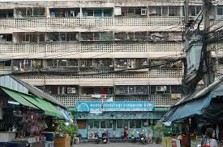
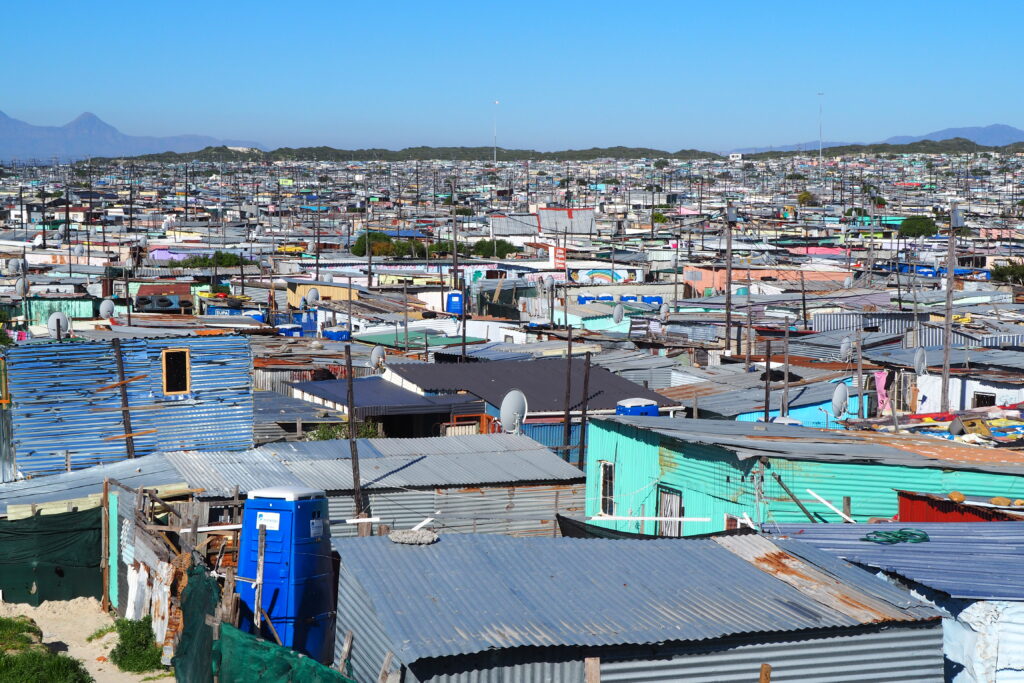
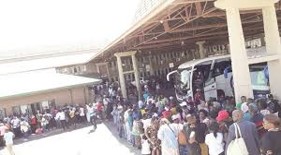
The comparative design of CONFINED enables us to look at both shared patterns as well as context-specific variations in how confinement is produced and experienced. The interdisciplinary structure enables a reframing of confinement that transcends disciplinary silos, instead connecting prison, urban marginalization, and displacement studies through a focus on confined family networks.
CONFINED offers to explore processes of confinement holistically across different fields and to understand how confined people resist, navigate, or endure confinement. This knowledge is indispensable if we want to imagine and contribute to a more just futures.

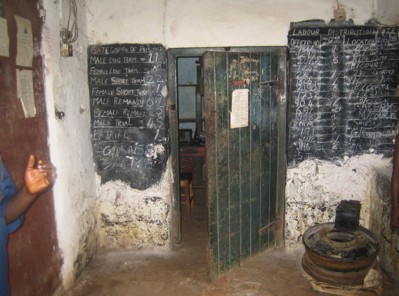
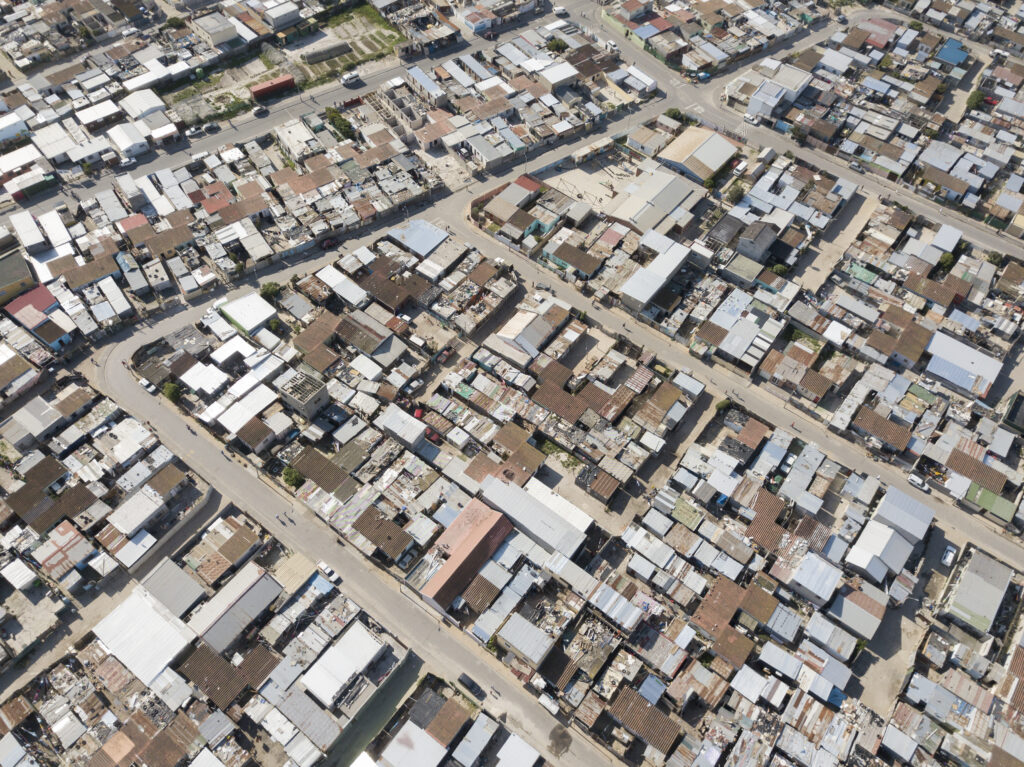
Conceptually, the project innovates the intersectional, relational, spatial, and temporal entanglements of confinement. Empirically, it brings new insights through grounded, comparative research. And practically, it seeks to build a new, global language of confined lives—developed with and for those who are most affected.
This language is vital if we are to understand and address one of the most pervasive drivers of global injustice and state violence in the 21st century.
